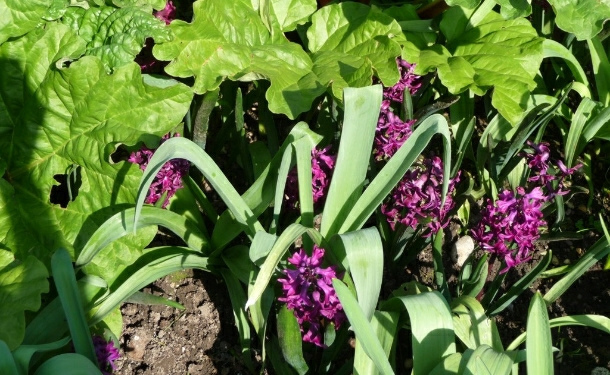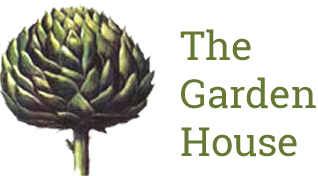Getting Ready for Bulb Planting
Posted:30 August 2015
Now is the time to plan ahead and buy bulbs for Christmas forcing, and for spring outdoor displays. It is well worth ordering catalogues from specialist growers such as Peter Nyssen, Petrichor, Avon Bulbs, Jacques Amand International, HW Hyde & Son, Bloms Bulbs, and Sarah Raven – all are excellent for inspiration and advice.
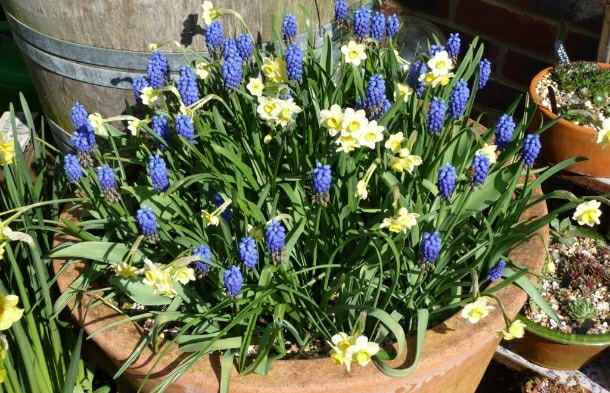
For advice on growing bulbs, visit the RHS (Royal Horticultural Society) website.
- August/September plant autumn-flowering bulbs, such as nerines, by late summer
- October – plant spring-flowering alliums, crocus, daffodils, hyacinths – also summer flowering lilies, alliums and crocosmia. Plant Amaryllis (Hippeastrum) for flowers at Christmas – they take about 10 weeks from planting to flowering, also indoor hyacinths and narcissi such as the popular ‘paper white’ (make sure you buy bulbs labelled prepared).
- November – plant tulips
- February/March – plant tender summer-flowering bulbs, including gladioli, in early spring
The traditional time to start forcing hyacinths into flower is the third week of September, so they flower in time for Christmas. But you could also force bulbs for the lean weeks of January and February when some cheery colour is most welcome!
Most hardy bulbs, including tulips and daffodils, prefer a warm, sunny site with good drainage as they come from areas with dry summer climates. However you could also consider planting Shade-loving bulbs that come from cool, moist, woodland habitats, such as Cardiocrinum, dogs tooth violet (Erythronium dens-canis) and the blue-flowered Scilla peruviana.
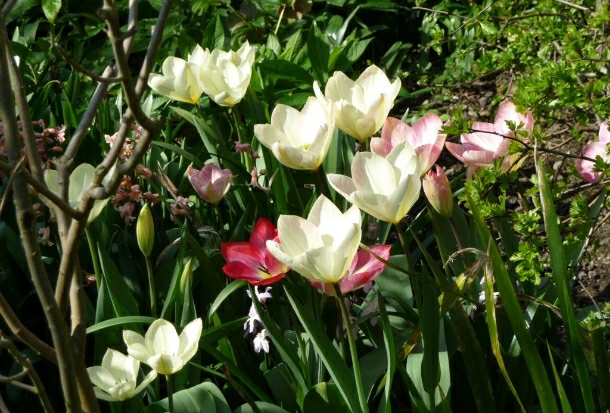
If you are buying from garden centres look for nice big fat and firm bulbs, and reject any that are soft or showing signs of mould.
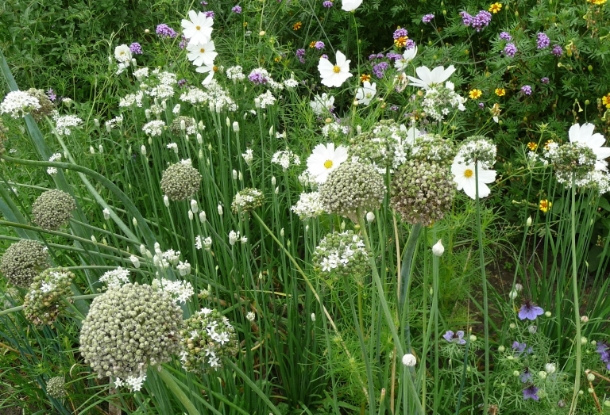
Bulbs should be planted in holes three to four times as deep as the bulb itself and one bulb width apart. So, for example, a 1in crocus bulb needs to be planted in a hole 3-4in deep.
Plant en masse borders, or layered in pots – it’s also a great idea to fill large plastic pots with your favourite bulbs and, just before they are about to flower, use them to plug holes in the border.
Check pots throughout winter, ensuring they do not dry out completely, and feed every seven to ten days with a high-potassium fertiliser such as a liquid tomato feed. Begin feeding as soon as shoots appear, and stop feeding once the foliage starts to die down at the end of the season
TIP: pests to look our for include slugs, snails, and squirrels (particularly with tulips and crocus) which will dig up daffodils, crocus and tulips (the latter they particularly love to eat!). Planting the bulbs deeper than normal can help. Bulbs are most vulnerable after planting, when the soil is easy for squirrels to dig so firmly peg chicken-wire over the pot, or the freshly dug soil, to deter them.
